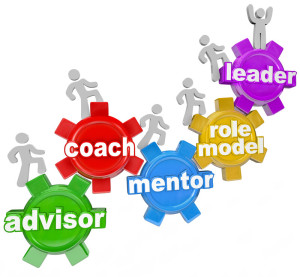One of my greatest joys when we started StarBridge Advisors back in 2016 was to be able to partner with someone as smart and insightful as David Muntz. He has a long career history as a healthcare CEO, a  CIO and as a senior leader in the Office of the National Coordinator. I continually learn from David and appreciate his provocative thinking,
CIO and as a senior leader in the Office of the National Coordinator. I continually learn from David and appreciate his provocative thinking,
David’s advice for 2020 is no exception. In his recent post, “10 Steps to Prepare for 2020 – Big Challenges – Bigger Opportunities” on our StarBridge Advisors blog “View from the Bridge”, David starts off by challenging CIOs to begin thinking of themselves as CDSOs – Chief Digital Services Officer. He goes on to highlight the importance of encouraging innovation, embracing AI, addressing governance issues, physician burnout and more. And ever mindful of how leaders must take care of themselves to be at the top of their game, he closes with a message on self-care.
Here’s David’s blog post in its entirety:
10 Steps to Prepare for 2020 – Big Challenges – Bigger Opportunities
It’s that time of year again when prognosticators and futurists compile a top 10 list for the upcoming year. Please joining me in welcoming 2020 with a call to action for our wonderfully challenging and opportunity rich healthcare IT environment.
Before starting the list of recommended actions, I suggest that we IT professionals change the way we refer to ourselves — now, even before the turn of the year. Please join me in a self-directed evolution by shifting our reference from IT to Digital Services. That change would suggest using the title CDSO instead of the familiar CIO. The rationale for doing so, though relatively obvious, will be suggested in another blog.
Digital Service (DS) leaders will need a steady hand on the rudder to lead their organizations through some rough waters. Some of the themes below are repeated from last year…they still deserve your attention and efforts. Continue reading









